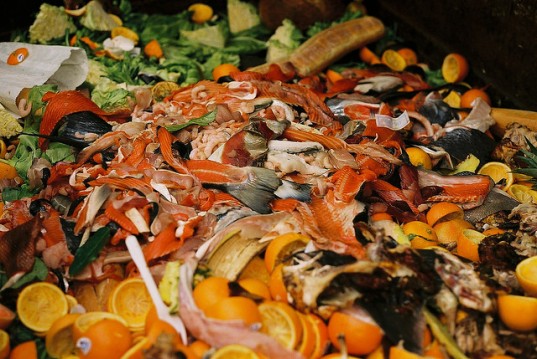The Palm Oil industry generates large quantity of wastes whose disposal is a challenging task. In the Palm Oil mill, fresh fruit bunches are sterilized after which the oil fruits can be removed from the branches. The empty fruit bunches (are left as residues, and the fruits are pressed in oil mills. The Palm Oil fruits are then pressed, and the kernel is separated from the press cake (mesocarp fibers). The palm kernels are then crushed and the kernels then transported and pressed in separate mills.
In a typical palm oil mill, almost 70% of the fresh fruit bunches are turned into wastes in the form of empty fruit bunches, fibers and shells, as well as liquid effluent. These by-products can be converted to value-added products or energy to generate additional profit for the Palm Oil Industry.
Palm Kernel Shells (PKS)
Palm kernel shells (or PKS) are the shell fractions left after the nut has been removed after crushing in the Palm Oil mill. Kernel shells are a fibrous material and can be easily handled in bulk directly from the product line to the end use. Large and small shell fractions are mixed with dust-like fractions and small fibres.
Moisture content in kernel shells is low compared to other biomass residues with different sources suggesting values between 11% and 13%. Palm kernel shells contain residues of Palm Oil, which accounts for its slightly higher heating value than average lignocellulosic biomass. Compared to other residues from the industry, it is a good quality biomass fuel with uniform size distribution, easy handling, easy crushing, and limited biological activity due to low moisture content.
Press fibre and shell generated by the Palm Oil mills are traditionally used as solid fuels for steam boilers. The steam generated is used to run turbines for electricity production. These two solid fuels alone are able to generate more than enough energy to meet the energy demands of a Palm Oil mill.
Empty Fruit Bunches (EFBs)
In a typical Palm Oil mill, empty fruit bunches are abundantly available as fibrous material of purely biological origin. EFB contains neither chemical nor mineral additives, and depending on proper handling operations at the mill, it is free from foreign elements such as gravel, nails, wood residues, waste etc. However, it is saturated with water due to the biological growth combined with the steam sterilization at the mill. Since the moisture content in EFB is around 67%, pre-processing is necessary before EFB can be considered as a good fuel.
In contrast to shells and fibers, empty fruit bunches are usually burnt causing air pollution or returned to the plantations as mulch. Empty fruit bunches can be conveniently collected and are available for exploitation in all Palm Oil mills. Since shells and fibres are easy-to-handle, high quality fuels compared to EFB, it will be advantageous to utilize EFB for on-site energy demand while making shells and fibres available for off-site utilization which may bring more revenues as compared to burning on-site.
Palm Oil Mill Effluent (POME)
Palm Oil processing also gives rise to highly polluting waste-water, known as Palm Oil Mill Effluent, which is often discarded in disposal ponds, resulting in the leaching of contaminants that pollute the groundwater and soil, and in the release of methane gas into the atmosphere. POME could be used for biogas production through anaerobic digestion. At many palm oil mills this process is already in place to meet water quality standards for industrial effluent. The gas, however, is flared off.
In a conventional Palm Oil mill, 600-700 kg of POME is generated for every ton of processed FFB. Anaerobic digestion is widely adopted in the industry as a primary treatment for POME. Liquid effluents from palm oil mills can be anaerobically converted into biogas which in turn can be used to generate power through gas turbines or gas-fired engines.
Conclusions
Most of the Biomass residues from Palm Oil Mills are either burnt in the open or disposed off in waste ponds. The Palm Oil industry, therefore, contributes significantly to global climate change by emitting carbon dioxide and methane. Like sugar mills, Palm Oil mills have traditionally been designed to cover their own energy needs (process heat and electricity) by utilizing low pressure boilers and back pressure turbo-generators. Efficient energy conversion technologies, especially thermal systems for crop residues, that can utilize all Palm Oil residues, including EFBs, are currently available.
In the Palm Oil value chain there is an overall surplus of by-products and their utilization rate is negligible, especially in the case of POME and EFBs. For other mill by-products the efficiency of the application can be increased. Presently, shells and fibers are used for in-house energy generation in mills but empty fruit bunches is either used for mulching or dumped recklessly. Palm Oil industry has the potential of generating large amounts of electricity for captive consumption as well as export of surplus power to the public grid.






















